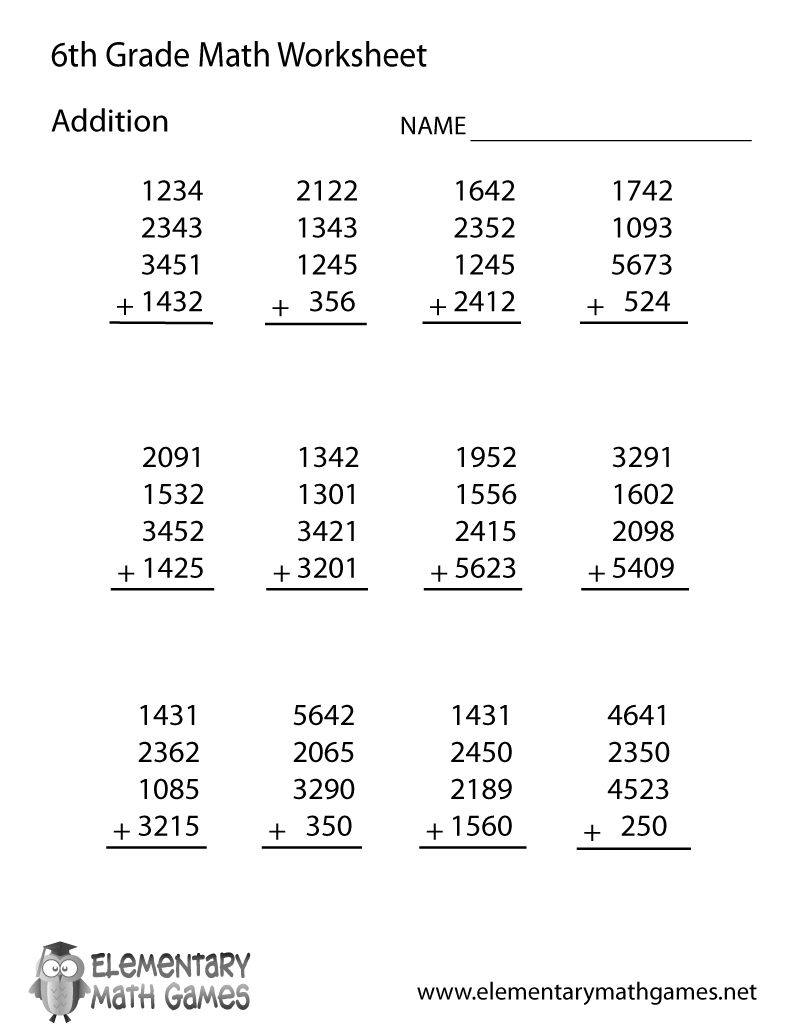
There are many advantages to sports high schools. These schools combine academic and athletic goals to produce elite athletes. Students participate in competitions and receive intense training. Students who graduate from such schools may pursue a professional career in sports. While there are some expenses associated with attending high school sports, the benefits far exceed these.
Sport is a high priority
Sport high schools are a unique way for students to learn about healthy living and active lifestyles, as well as foster a sense a community. The project will provide many resources that will support learning at sport high schools. These include online tools and guides. ACPE also offers scholarships to students. These scholarships will support students in pursuing a career as a dancer, entrepreneur or health professional. Each year, two scholarships will be given starting in Semester One 2022.
A survey was done among high school students during the 2020-21 schoolyear. It included questions about high school sports. The survey also inquires about students' perceptions regarding high school athletics.
Benefits
Students can learn social skills through sports at high school. In fact, a recent study found that those who were active in sports had ten percent better grades in core subjects. Athletes in high schools may also be an option for students with special needs.

High school sports teach students valuable lessons in time management, self discipline, and consistency. These valuable lessons can be applied to adults who have to balance work, family and other responsibilities. They are also good for brain development and can help students develop a healthy working ethic.
Costs
High school athletics are not the only sport that can be expensive. According to the Centers for Disease Control and Prevention, nearly half (50%) of high school students participated in a sports activity during the past year. High school students spend on average $126 for participation in their sport. For participation fees, competitive sports teams may charge up to $500. The costs of travel, buying equipment, and eating out are not included.
While school sports can be a good option for students and parents, they are becoming more difficult to afford. One in seven parents believes that high school sport is too costly. School administrators will need to come up with other ways to finance them, particularly for low-income families that aren't eligible or who don't qualify for financial waivers.
Successes
Students are able to gain academic and social support through school-sponsored sports programs. Sports participants learn responsibility and develop self discipline, motivation, leadership skills, and self-discipline. They have higher self-esteem and can take control of their lives.
The study examined nearly 1,200 public high schools from all over the country. It found that schools with a high percentage of students participating in sports had a lower crime rate, fewer suspensions, and fewer violent crimes. In addition, sports participants were more likely be involved in prosocial activities and to achieve greater financial success than those involved in other activities.

News sources
Local media is the best source for high school sports news. Most of these news outlets have a great relationship with local high schools, and they often know the best athletes and tournaments in the area. CBSSports as well as USA Today High School Sports are good news sources. Sites like ScoreStream or MaxPreps offer high school sports highlights as well as real-time scores.
When covering high school sports, livestreaming has become a popular practice. It all started ten-years ago when journalists realized the rights of fans to watch high school sports live.
FAQ
What is a trade school?
People who are not able to succeed at traditional higher education institutions can earn a degree through trade schools. These schools offer career-focused programs that prepare students for specific jobs. Students enrolling in these programs typically complete two years of coursework in a single semester and then enter into a paid apprenticeship program where they learn a job skill set and receive on-the-job training. Trade schools can include technical schools, community colleges and junior colleges as well as universities. Some trade schools also offer associate degrees.
How much does homeschooling cost?
There are no set costs for homeschooling. Some families charge between $0-$20 per lesson. Other families offer no-cost services.
But homeschooling is not easy. It requires commitment and dedication. Parents must have enough time to devote to their children.
They must also have access to books, supplies, and other learning tools. Homeschoolers often need to take advantage of community events and programs to supplement their curriculum.
Parents must consider the costs associated with transportation, tutors, and extracurricular activities.
Homeschoolers should also plan ahead for vacations, field trips, and special occasions.
What is an Alternative School?
An alternative school is designed to give students with learning problems access to education, by supporting them with qualified teachers who understand their unique needs.
Alternative schools provide special education opportunities for children with special needs.
They are also provided with extra assistance when necessary.
Alternative schools are not only for those who are excluded from mainstream schools.
They are open to all children regardless of ability or disability.
What is the difference in public and private schools?
All students are eligible to attend public schools for free. They provide education for students from kindergarten through highschool. Tuition fees are charged by private schools for each student. They offer education from preschool to college.
Charter schools are public-funded but privately managed. Charter schools don’t follow traditional curriculum. Charter schools allow their students to explore what interests them.
Charter schools are popular with parents who believe their children should receive quality education regardless of their financial status.
Is it difficult for a teacher to become?
A major commitment is required to be a teacher. It will require you to dedicate a lot of time to your studies.
While completing your degree, you can expect to work approximately 40 hours per week.
You will also need to find a job that suits your schedule. Part-time jobs are difficult to find for students who want to balance school and work.
You will likely teach classes once you have been hired as a full time teacher. Sometimes, you may need to travel to other schools during the week.
Statistics
- Among STEM majors, that number is 83.5 percent. (bostonreview.net)
- They are also 25% more likely to graduate from high school and have higher math and reading scores, with fewer behavioral problems,” according to research at the University of Tennessee. (habitatbroward.org)
- Globally, in 2008, around 89% of children aged six to twelve were enrolled in primary education, and this proportion was rising. (en.wikipedia.org)
- In most developed countries, a high proportion of the population (up to 50%) now enters higher education at some time in their lives. (en.wikipedia.org)
- “Children of homeowners are 116% more likely to graduate from college than children of renters of the same age, race, and income. (habitatbroward.org)
External Links
How To
Where can I learn to become a teacher
Teachers are available in public elementary schools and private elementary schools.
To become a teacher, you must first complete a bachelor's degree program at one of the following:
-
A four-year college/university
-
Associate's degree program
-
Some community college programs are two-years long
-
These programs may be combined
To be eligible for teacher certification, applicants must satisfy state requirements. These include passing standardized testing and completing an internship period.
Many states require applicants to pass the Praxis II test. This test tests the candidate's comprehension of reading, writing and mathematics as well as their language arts skills.
Many states require applicants to get a specialized license to teach in their state.
These licenses are issued annually by the state boards of education.
Some states grant licenses without the need for additional testing. In these cases, the applicant should contact the board of education in his or her state to determine if this is true in your area.
Some states don’t issue licenses until the applicant has completed a master’s degree program.
Other states allow individuals to apply directly to the state board of education for licensure.
The cost of licenses varies widely depending on their duration and the required coursework.
For example, some states require only a high school diploma, while others require a bachelor's degree.
Some states require specific training, such as in literacy and child development.
Some states require applicants to hold a master's in order for them to be licensed.
Many states ask potential teachers about their past employment when applying to be certified.
You may want to mention that you have been employed in another occupation on your application.
However, almost all states will accept work experience from any type of previous job.
Perhaps you would like to include your past job title, post, and years in service.
Potential employers will find this information helpful.
It shows them that your skills and experiences are relevant.
While working, you may have learned new skills and acquired valuable work experience.
You can showcase this to future employers by putting your resume in their hands.